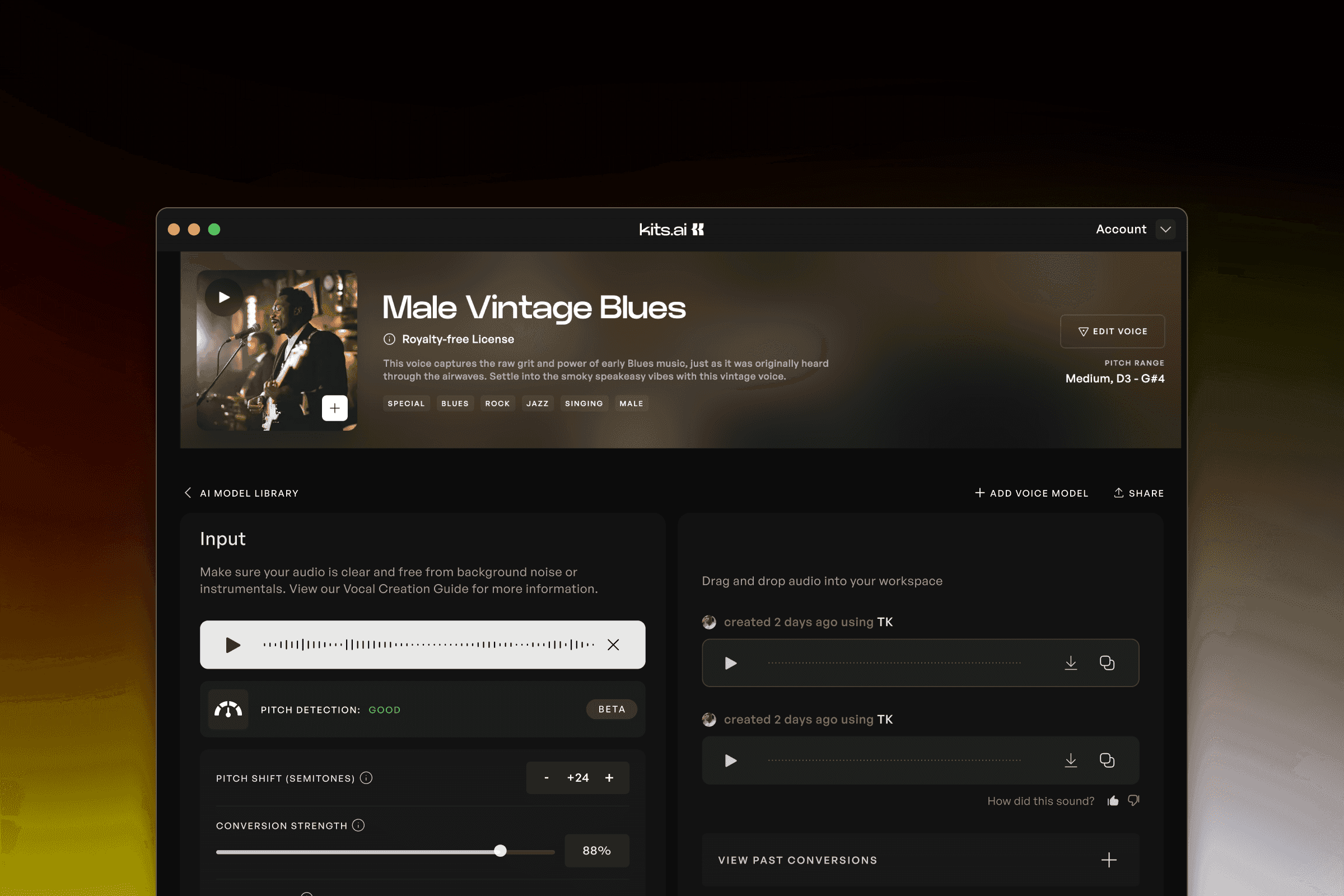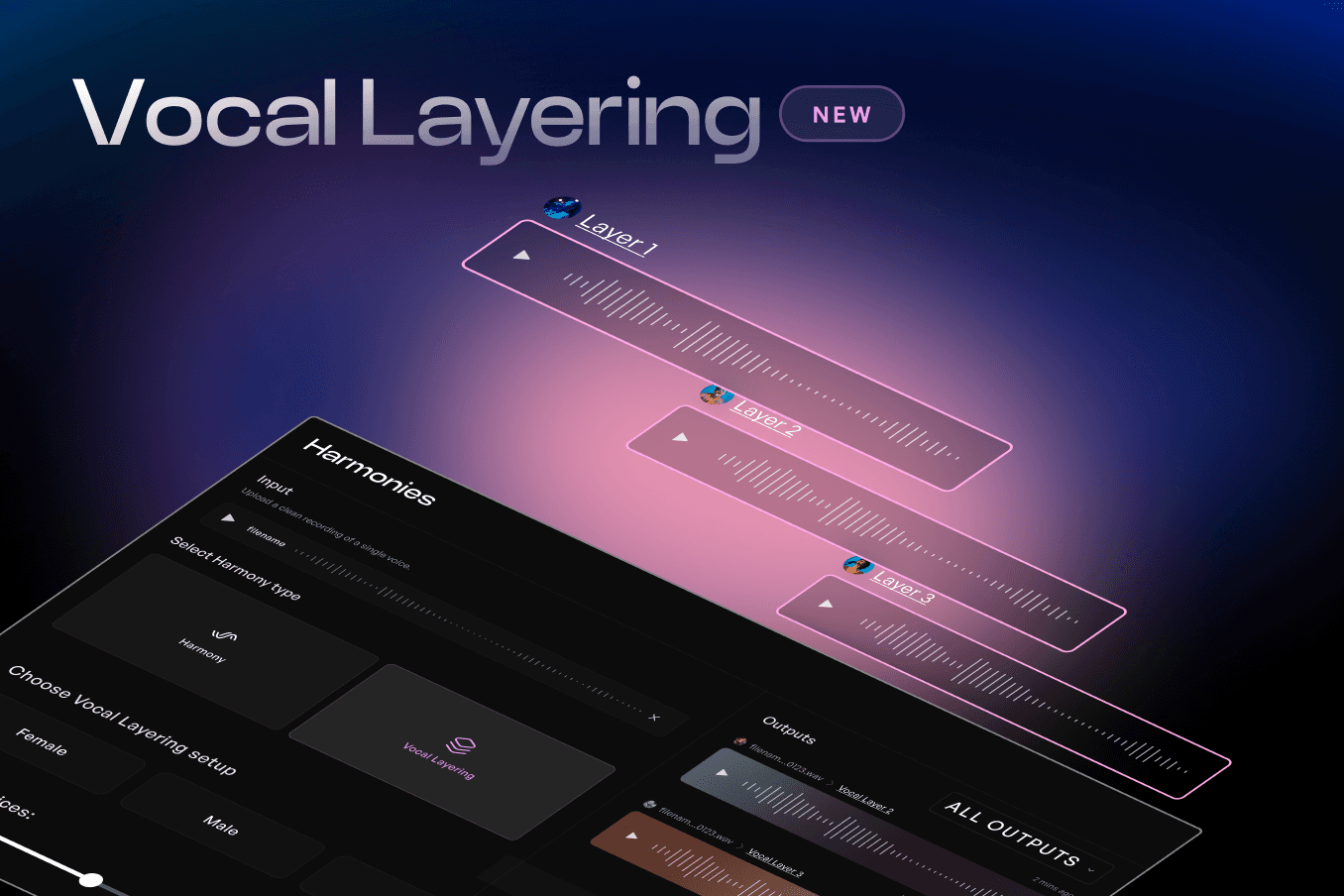Construyendo Blues Vintage Masculinos: Cómo recreé la rudeza y el alma del pasado
Escrito por
Publicado el
2 de noviembre de 2024
Una Breve Lección de Historia
El blues, un estilo musical único americano, nació a finales del siglo XIX en el sur de los EE. UU. Basándose en tradiciones musicales afroamericanas como las canciones de trabajo, espirituales y hollers de campo, se trata precisamente de eso. Las pistas de blues clásicas son conocidas por esa característica progresión de acordes de 12 compases y el estilo de llamada y respuesta, pero en su esencia, es pura emoción.
Antes de 1925, las grabaciones de blues se capturaban mediante métodos puramente acústicos. Los músicos actuaban frente a un gran cuerno, canalizando el sonido hacia un diafragma que grababa el audio en discos de cera. El proceso era tosco, cortando un rango de frecuencia muy limitado que eliminaba el bajo y los agudos. ¿El resultado? Un sonido crudo, con predominancia de medios. La distorsión y el ruido de superficie de este método temprano añadían al encanto de estas grabaciones. Si quieres un sabor, escucha “Crazy Blues,” de Mamie Smith, grabada en 1920; tiene ese encanto lo-fi que es inconfundiblemente antiguo.
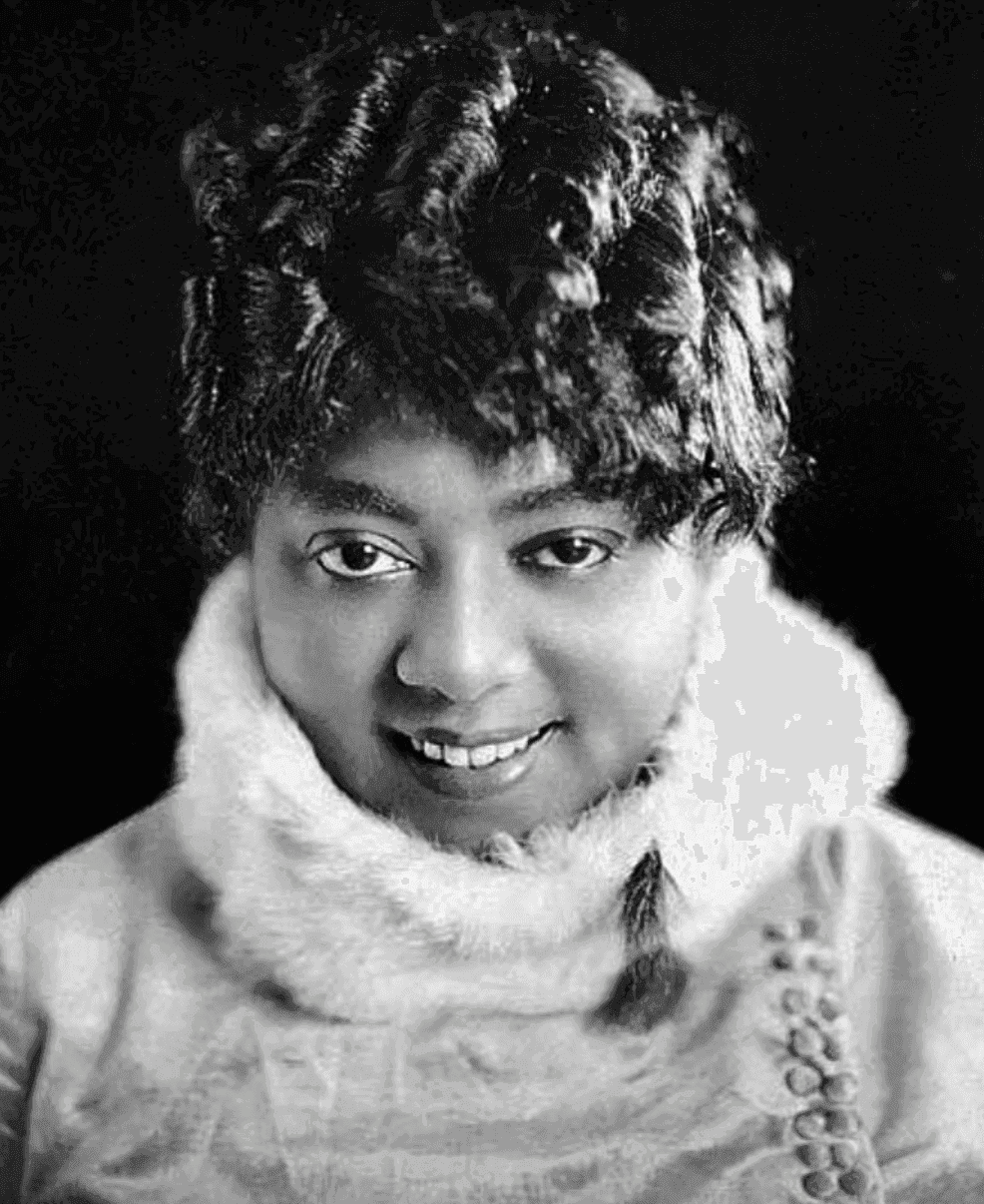
Fotografía: Mamie Smith
Entra en la Era Eléctrica
Una vez que los micrófonos llegaron a la escena en 1925, todo cambió. Los micrófonos de cinta como el RCA 44 le dieron a los cantantes de blues este sonido cálido y rico, perfecto para la vibra del género. Avancemos a las décadas de 1940 y 1950, con la grabación en cinta entrando en juego, y leyendas como Muddy Waters y Howlin’ Wolf se beneficiaban de una calidad de sonido mucho mejor. Pero a pesar de estas mejoras, el blues siempre mantuvo su núcleo emocional crudo; a menudo grabado en vivo, con efectos mínimos, sin complicaciones, solo alma.
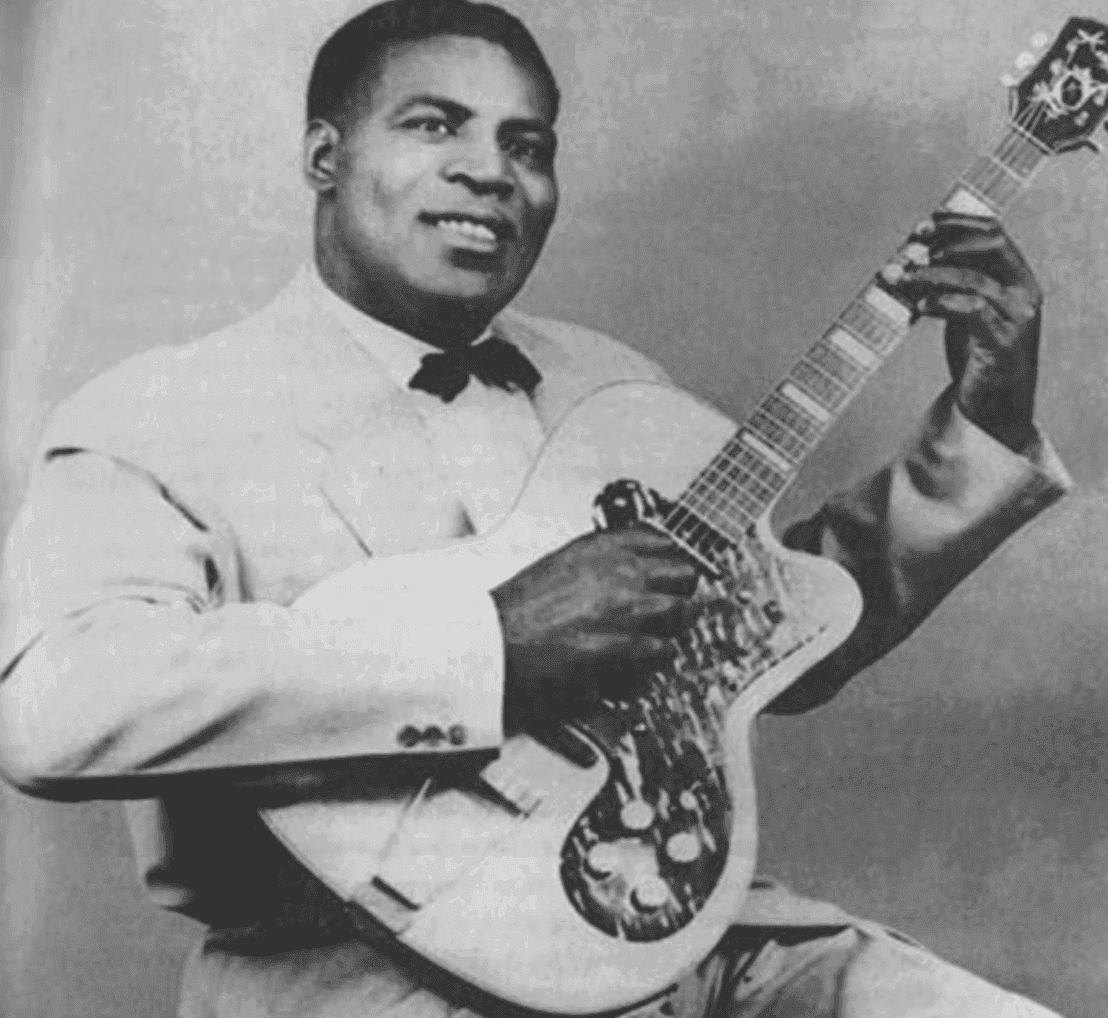
Fotografía: Howlin’ Wolf
Capturando el Espíritu del Blues Vintage
Al igual que mi anterior modelo Vintage Jazz, comencé tratando uno de mis monitores de estudio como un cantante, pero esta vez opté por usar un Auratone en lugar de mis monitores principales. El Auratone 5C Super Sound Cube se volvió popular en la década de 1970 y es conocido por su capacidad de replicar con precisión el sonido de la electrónica de consumo, como radios y televisores domésticos. Por supuesto, la electrónica de consumo moderna ha mejorado desde entonces, pero estos altavoces siguen siendo increíblemente útiles para verificar los medios debido a su ancho de banda limitado. Este carácter también significa que son un gran punto de partida para imitar la fidelidad de esas primeras grabaciones de blues.
Usando un micrófono de cinta AEA 44, lo coloqué a aproximadamente un pie y medio del altavoz para evitar un efecto de proximidad excesivo, que enfatizaría los graves.
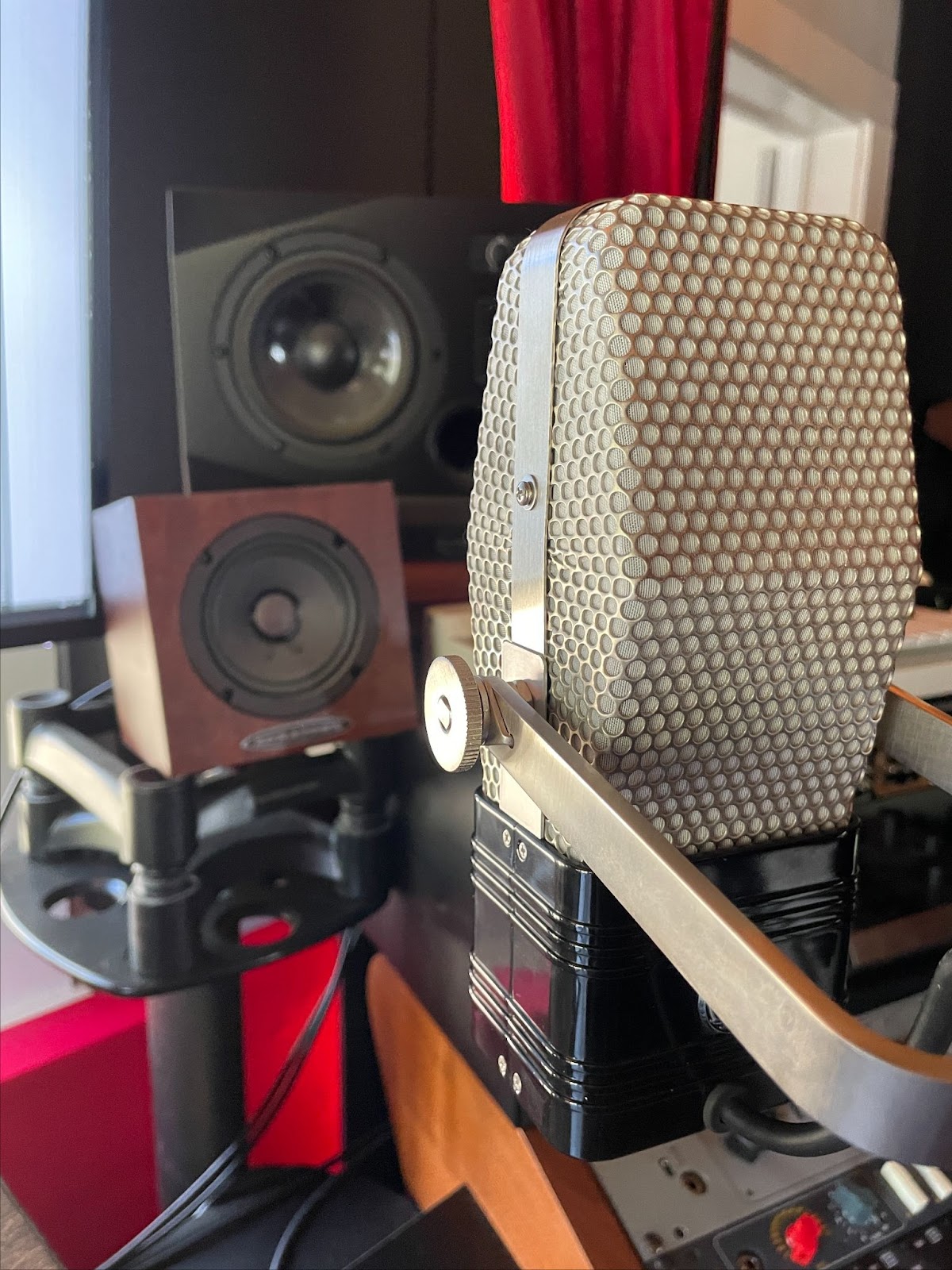
Con el micrófono de cinta amplificado por un preamplificador Chandler TG2, la señal fue enviada al Bereich03 Density. Me encanta esta unidad de la serie 500 por la saturación que añade así como el suave recorte de agudos que proporciona al activar el interruptor “Vintage”.
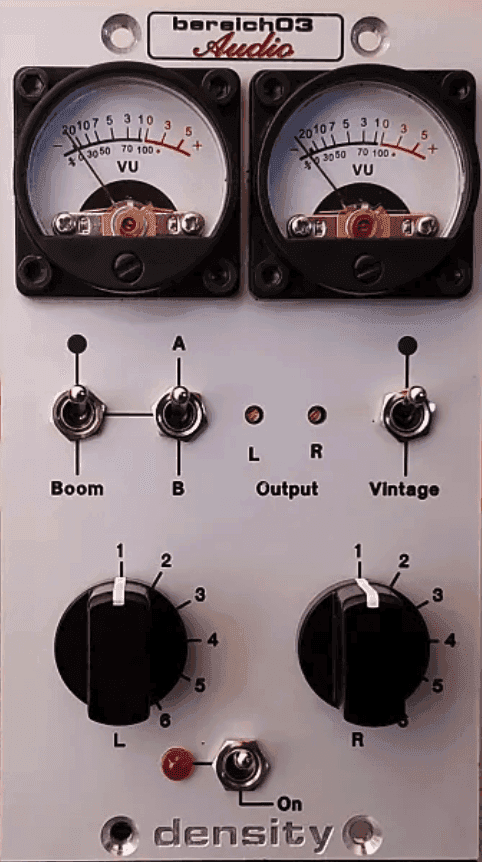
Después de la Density, la señal se movió a un ecualizador de tubo Retro Instruments 2A3, donde puedes ver que hice algunos movimientos bastante audaces atenuando 100Hz y 5kHz, así como aumentando algunos 1.5kHz para enfatizar realmente esa característica de medios que es parte de la marca de la época.
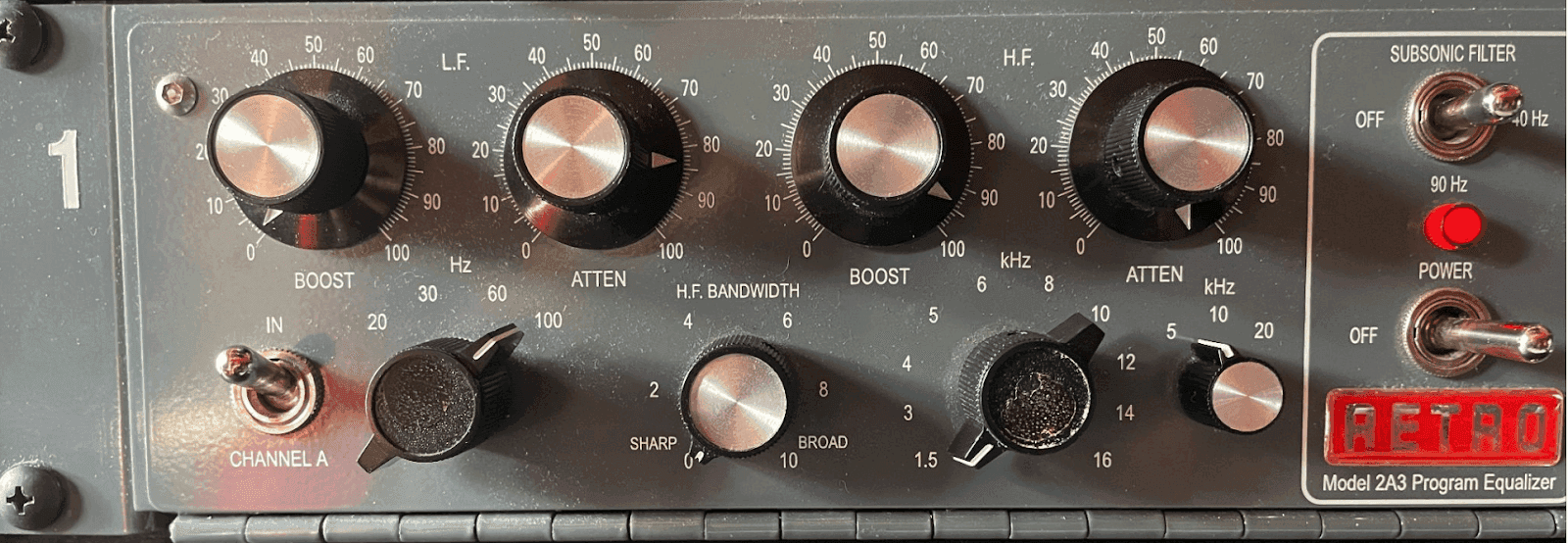
Desde mi ecualizador, la señal viajó a mi confiable Roland Space Echo RE-201. Me encanta ver la luz roja iluminarse ocasionalmente en el Nivel Pico, empujando la entrada ligeramente hacia la sobrecarga para añadir armonías.

Continuando su viaje, la señal recibió un par de dB’s de compresión a través del DBX 165A. Lo que me encanta de este compresor es la capacidad de usar el dial “Stop Level” para añadir un poco de suciedad adicional a la señal. (Pssst….No soy el único que ama este compresor, solo pregúntale a Kevin Parker de Tame Impala)

Por último, se añadió un último toque de color de tubo con el Manley Vari-Mu. Solo usando aproximadamente 1dB de reducción de ganancia para el pulido final.

Mira el antes y después a continuación:
Modelo Vintage Blues (ESCUCHAR)
Ver la transformación de un sonido moderno y limpio a algo que parece haber salido de una máquina del tiempo fue un placer. Ya sea que estés creando una pista de blues auténtica o solo quieras rociar algo de rugosidad vintage en tu última producción de EDM, el modelo Male Vintage Blues está listo para aportar ese borde crudo y lleno de alma. Añade un poco de magia antigua a tu sonido con Kits AI y ve cómo eleva tu música al siguiente nivel.
-SK
Sam Kearney es productor, compositor y diseñador de sonido con sede en Evergreen, Colorado.
